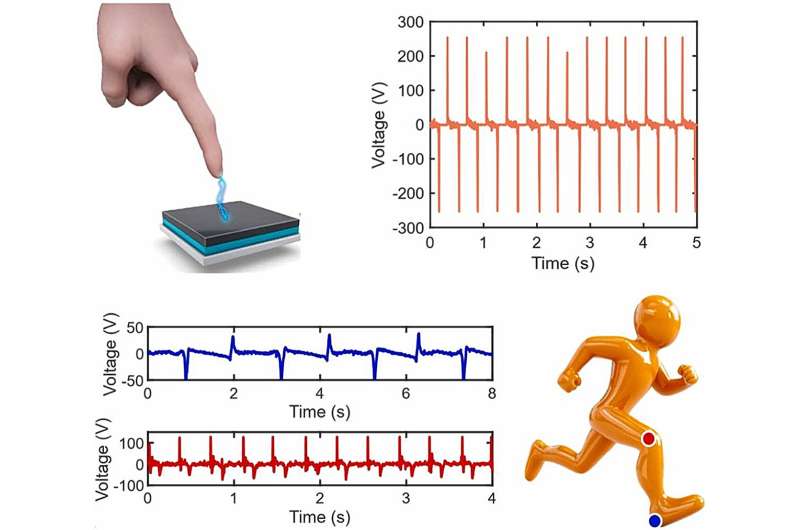In an era where sustainable technology is more important than ever, researchers at Boise State University are making exciting strides. Their latest innovation, an eco-friendly energy-harvesting device, not only generates electricity but also senses motion, showcasing how science can bring us closer to a greener future.

A wave of innovation is sweeping through Boise State University, where a talented team has developed a cutting-edge device known as a triboelectric nanogenerator (TENG). This eco-friendly marvel not only captures biomechanical energy—think movement from our daily lives—but also acts as a motion sensor in real-time. By using a unique combination of Poly(vinyl butyral-co-vinyl alcohol-co-vinyl acetate) (PVBVA) and MXene nanosheets, they’re paving the way for a greener approach to energy harvesting.
So, what exactly is a TENG? These energy-saving devices transform mechanical energy into electricity through a process called the triboelectric effect. First introduced by Professor Zhong Lin Wang of the Georgia Institute of Technology, TENGs have the potential to power everything from wearables to Internet of Things (IoT) devices, simply by tapping into interactions between materials.
This groundbreaking research was led by Ph.D. student Ajay Pratap and supervised by Professor David Estrada from the Micron School of Materials Science and Engineering at Boise State. Their work, shared in the journal Nano Energy, captures the magic of additive manufacturing, offering a path towards devices that are not only high-performing but also friendly to our skin and the environment.
The secret to their success lies in the blend of 5.5 mg/mL MXene integrated into a printable ink featuring PVBVA. This ingenious mix produced an astonishing open-circuit voltage of 252 volts and a peak power density of 760 mW/m2. Thanks to the high dielectric properties of their composite material and the synergy between MXene and PVBVA, the device remains stable even after an impressive 10,000 bending cycles.
“Our research highlights the potential of merging sustainable materials with advanced printing techniques,” Ajay shared. “By avoiding harmful solvents and utilizing MXene within an eco-friendly matrix, we have developed an energy harvesting system that is not only effective but also kind to our planet.”
The capabilities of their fully printed TENG are truly remarkable. Crafted from an alcohol-based ink and silver electrodes, this versatile device can detect a variety of human activities, from running to bending and jumping. In a delightful demonstration, the team even showcased how the device could harness energy from raindrops, lighting up LEDs and powering stopwatches with ease.
Professor Estrada added, “Ajay’s work shines a light on how future energy harvesting systems could use our everyday movements to create power on-the-go. This innovative approach not only champions sustainability but also suggests a future filled with smart, self-powered wearables that turn routine activities into valuable energy sources.”
More information:
Ajay Pratap et al., Direct writing of PVBVA/Ti3C2T (MXene) triboelectric nanogenerators for energy harvesting and sensing applications, Nano Energy (2025). DOI: 10.1016/j.nanoen.2025.111206
If you would like to see similar science posts like this, click here & share this article with your friends!

